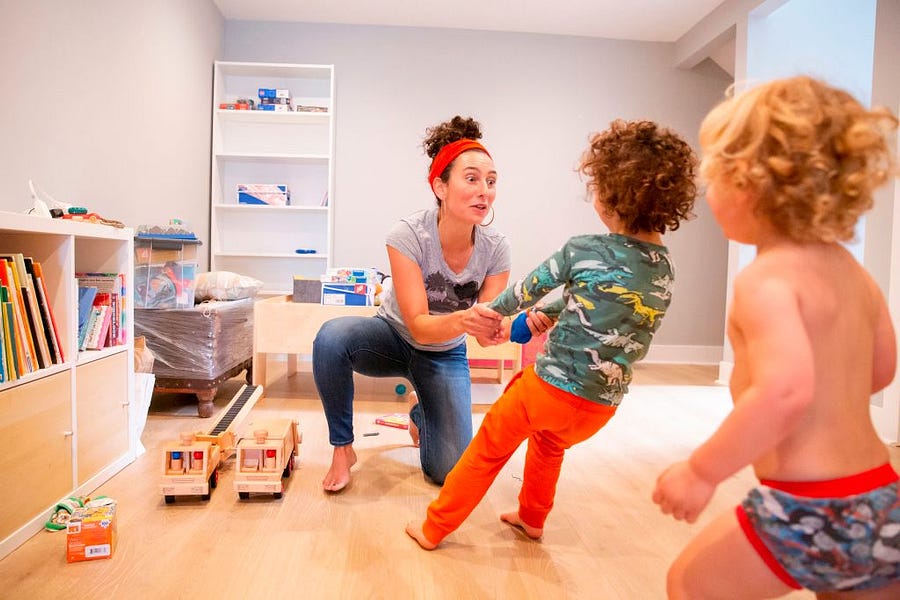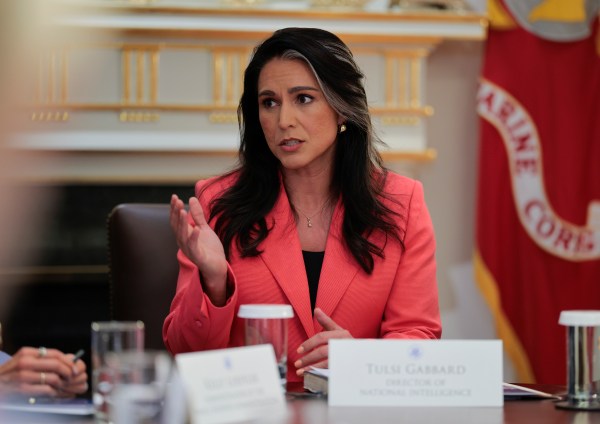Policies to subsidize parenting are all the rage these days. The recent COVID relief package included an expanded tax credit that many Democrats want to make permanent. Mitt Romney’s Family Security Act would replace child tax credits with an allowance of up to $4,200 a year per child for young children and $3,000 a year for kids older than 6. The latest proposal comes from Sen. Josh Hawley in the form of a parent tax credit of $6,000 per parent, which would be layered on top of whatever child tax credit emerges from the current debates. Proponents of these policies, left and right, have argued that it has become too expensive to raise a family. As the Hawley announcement puts it, “Over the past several decades it has become increasingly difficult for working- and middle-class parents to afford to raise a family.”
This alleged increase in the cost of raising children, it is feared, will lower fertility. Declining fertility may have costly consequences in the future: fewer children today means fewer innovators down the road and fewer workers taxed to pay for retirees’ senior entitlement benefits. But if lower fertility simply reflects preferences—the desire of women to have fewer children—rather than financial constraints, then we should weigh those preferences heavily against the costs of diminished fertility. The case for government subsidization of parenting, through either a Hawley-style parent credit or child allowances, is also weaker if it turns out that Americans are as likely as in the past to achieve the fertility plans they had when they entered adulthood.
Thanks to data from the Bureau of Labor Statistics, we can compare the success of millennial and late-boomer women in achieving their earlier-expressed fertility plans. BLS has sponsored two “National Longitudinal Survey of Youth” projects, one beginning in 1979 and one in 1997 (NLSY79 and NLSY97). In both cases, subjects have been followed from adolescence on, with data collected every year or two on a range of topics. Early on in both surveys, women were asked about their fertility expectations, and we now know how many children they have had over their lives. For each generation, we can compare how many children women said they expected to have as young adults with the number they had had by their mid-30s. It turns out that millennial women have been no less successful than late-boomer women at achieving their desired fertility. That doesn’t mean they are having as many children, just that they are doing as well at having as many as they want.
First, let’s look at millennials in the NLSY97, which has been tracking men and women who were born between 1980 and 1984 since they were living at home as teens in 1997. The most recent data available are for 2017, when the participants were between the ages of 33 and 37. To keep these analyses consistent with those for the previous survey later, I’m going to drop the 33-year-olds, leaving women born 1980 to 1983.* In 2001, when these women were aged 18 to 21 years old, participants were asked about how many children they ultimately expected to have (or how many more, given that some had already had children). We can compare these forecasts against the number of children they eventually had by age 34 to 37.
As of 2017, 44 percent of millennial women had had fewer children than they expected as young adults, while 29 percent had had more children than expected. The remaining 27 percent had hit their expectations exactly.
It is difficult to evaluate these statistics for a number of reasons. Without any reference point, it is simply hard to know whether these numbers are concerning or not. Second, forecasts of how many children a woman will have are not necessarily equivalent to expressions of the number of children a woman wishes to have. Third, some women reached their fertility forecast sometime after 2017 (or will in the future). Finally, it is questionable how much thought women gave before responding about their fertility expectations back in 2001.
The NLSY79 provides more valuable information that can help with each of these issues. Let’s start by mimicking the NLSY97 analyses for the more recent cohorts. If we look at women born 1961 to 1964 when they were ages 34 to 37 in 1998, we can see how many children they had and compare that to their expectations as 18- to 21-year-olds in 1982. Doing so reveals that 48 percent of women had had fewer children than expected when they were younger, compared with 23 percent who had more than expected and 30 percent who had exactly as many children as they expected they would. So women in 2017 were, if anything, more likely to reach or exceed the fertility they expected as young adults than were women in 1998.
The NLSY79 survey—the one that followed boomers—also included questions to young women about the total number of children they desired. By 1998, 49 percent of women had had fewer than the number of children they said they wanted back in 1982, 22 percent had more than they desired, and 29 percent had the same number of children they had indicated they wanted. These are basically the same as the estimates for expectations, suggesting that trends in achieving expected fertility are likely to resemble those in achieving desired fertility.
Using the NLSY79, we can also tell how many women achieved their desired fertility by the time their childbearing years were over. In 2018, the women in my sample were 54 to 57 years old. At that age, 42 percent had failed to achieve the fertility they had desired as young adults, while 25 percent had had more than desired. One in three (32 percent) had hit their target fertility level. These figures show that the 2017 estimates for the more recent cohorts in the NLSY97 overstate how many women in those cohorts will ultimately fall short of their desired fertility.
Finally, we can consider how much weight to put on the expectations and desires of young adults regarding their future fertility by considering a second set of fertility questions asked of the NLSY79 sample in 1979. Looking at the responses of the same set of women in survey waves separated by just three years, their responses about the number of children they wished to have were only moderately consistent. (For the stats nerds out there, the correlation was only 0.47.) A small number had children in the interim, some of them presumably unanticipated. Clearly, these measures are capturing only partly-formed beliefs and preferences of women. However, the results using the 1979 responses are very similar to those using the 1982 responses—55 percent of women fell short of their desired fertility by 1998, while 21 percent overshot, and 25 percent hit their target exactly. There is no reason to think the stability of these responses would have been any lower among millennials, were multiple responses available.
And we can compare the NLSY79 and NLSY97 cohorts in terms of how many women fell more than one child short of their expressed expectations as young adults. That described 27 percent of women in the earlier cohorts and 25 percent of women in the more recent cohorts. The share of women who fell more than two children short of their expressed expectations was 10 percent in both datasets.
From these data, it does not appear that millennial women have been any less successful in achieving their fertility goals than late-boomer women. The two groups are likely to end up with very similar fertility levels according to the NLSY data, which is consistent with estimates of the total fertility rate for women born in the early 1960s and early 1980s. The big fertility decline occurred among earlier boomers. What is different for the millennials is that they (the women, at least) want fewer children, so fewer of them fall short of their preference. In the NLSY79, 84 percent of the women said in early adulthood they expected two or more children (and 85 percent wanted two or more children), while that was down to 73 percent in the NLSY97.
This story is inconsistent with claims that it has become less affordable to have the family one desires. Policymakers might still reasonably worry that if 4 in 10 women fail to achieve the fertility level they desired as young adults, that indicates we have a problem of family affordability. Given the fuzziness of stated fertility expectations in young adulthood, however, it is probably best to proceed cautiously here.
American families are better off economically than they have ever been. As Lyman Stone has argued, the main barrier to achieving desired fertility levels is the delay and decline of marriage. The median age of women at their first marriage rose from 22.0 to 28.1 between 1980 and 2020. The share of women who have never been married rose from 22 percent to 30 percent. Policymakers who wish to support parents would do well to focus on deterrents to marriage rather than on the mistaken belief that it has become exorbitantly expensive to parent. (And they should pause before assuming that deterrents to marriage are primarily financial.) While child allowances and parent tax credits may have sensible rationales, policymakers should not offer them as solutions to problems that do not exist.
*Correction, April 30: This piece initially stated that it included data from women born between 1981 and 1984. It should have said between 1980 and 1983.






Please note that we at The Dispatch hold ourselves, our work, and our commenters to a higher standard than other places on the internet. We welcome comments that foster genuine debate or discussion—including comments critical of us or our work—but responses that include ad hominem attacks on fellow Dispatch members or are intended to stoke fear and anger may be moderated.
With your membership, you only have the ability to comment on The Morning Dispatch articles. Consider upgrading to join the conversation everywhere.